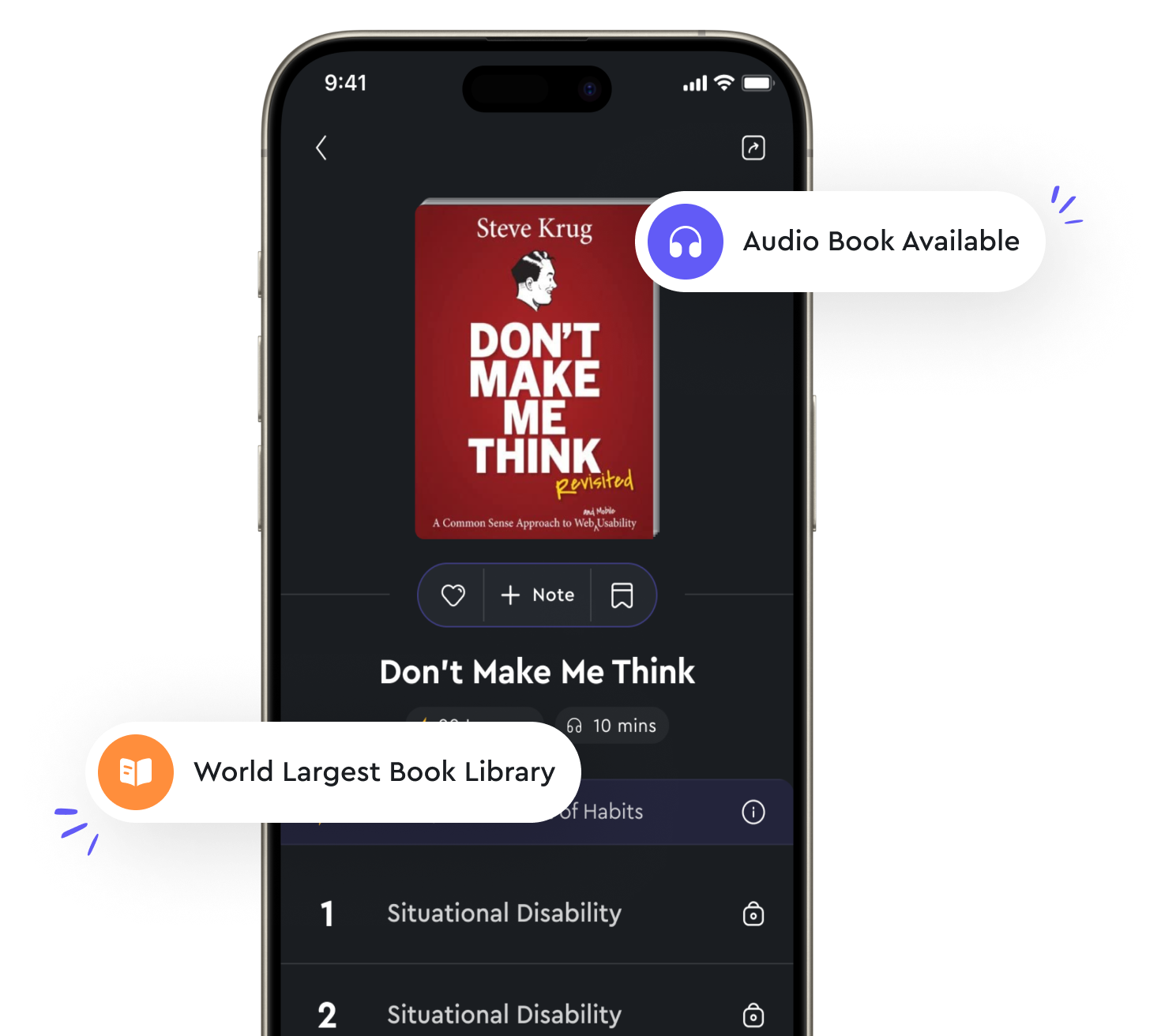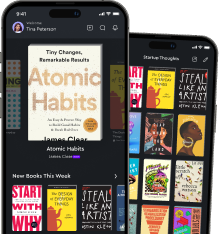Audio available in app
Predictive models can be used to optimize business outcomes from "summary" of Data Science for Business by Foster Provost,Tom Fawcett
Predictive models are powerful tools that can help businesses make better decisions by leveraging data-driven insights. By analyzing historical data, these models can identify patterns and trends that can be used to forecast future outcomes. This predictive capability allows businesses to anticipate potential challenges and opportunities, enabling them to proactively adjust their strategies and operations to achieve optimal results. One of the key benefits of using predictive models in business is the ability to optimize outcomes. By accurately predicting future events, businesses can make informed decisions that increase efficiency, reduce costs, and maximize profits. For example, a retail company can use predictive models to forecast customer demand and adjust inventory levels accordingly, ensuring that products are available when customers are most likely to buy. In addition to forecasting future events, predictive models can also be used to optimize business processes. By analyzing data on past performance, these models can identify areas of improvement and suggest changes that can lead to better outcomes. For instance, a manufacturing company can use predictive models to optimize production schedules and minimize downtime, resulting in higher productivity and lower costs.- The use of predictive models in business is essential for organizations looking to gain a competitive edge in today's data-driven world. By harnessing the power of data science, businesses can optimize their operations, increase profitability, and drive growth. As the field of data science continues to evolve, predictive models will play an increasingly important role in helping businesses make smarter decisions and achieve their strategic objectives.

